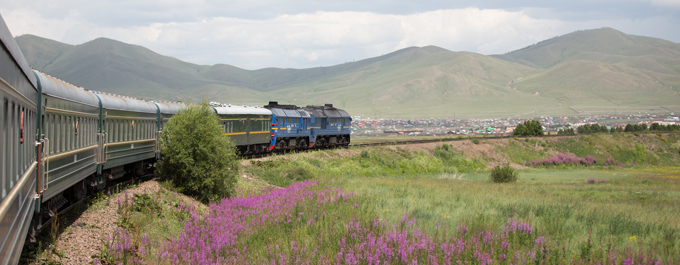A high speed train brings us to the cultural capital of Russia, Saint Petersburg (Leningrad, Petrograd). Peter the Great moved the Russian capital here in 1703 and this Baltic Sea port on the Gulf of Finland remained the seat of government until 1918. It feels like Venice because of its bridges and canals and rivers flowing into the sea.

THE HERMITAGE
As we stand in front of the colossal Hermitage, one of the largest museum collections in the world, I can’t help but think of my mom and dad’s trip here (now 93 yrs old) decades ago and their anecdote of my mother lost in this vast museum. Dad had more patience then I think.
The riches in this museum astound me now and my father years ago. The building was started by Peter the Great’s daughter, Elizabeth, and many of the rooms of the baroque palace bear her initials. It became the favorite palace of Catherine the Great and she acquired many works. Part of this collection was nationalized from private owners by the Soviets. During WWII two trains evacuated many works and the museum suffered some direct bomb hits. In 1995 the Winter Palace was the sight of an exhibition entitled “Hidden Treasures” showcasing German art looted (or reclaimed) by Stalins army.
The vast collection of Impressionists’ works was wonderful to see, especially a work from Picasso’s blue period. Their Rembrandt collection may be the largest in the world. A day of eye candy for sure…don’t miss it! We were accompanied by Elina, an Art History major who made each work come alive and tell us a story.

The Hermitage 
Monet, Poppy Field 
Renoir, Child with a Whip 
Part of “Hidden Treasures” 
Kees van Dongan, Lady in a Black Hat 
Kees van Dongan 
Picasso, Las dos hermanas (blue period) 
Matisse, Music 
Hermitage Palace interior 
Leonardo da Vinci, Madonna Litta 
Rembrandt, Portrait of an old Jew 
Rembrandt, Return of the Prodigal Son

Raphael, Conestabile Madonna 
Elina
Today is Navy Day in Russia, a holiday, dating back to the deaths of 14 nuclear submariners. The fleet is in St. Petersburg as well as other port cities. It started off with a parade of these vessels in the Neva River, the drawbridges were raised and their was a flyover too. Thousands lined the waterways waving flags, dressed in navy gear or their best finery. Speeches, music, food and drink were the order of the day. Streets were closed and it was wall to wall people on Nevsky Prospekt.
The Church of the Savior on Spilled Blood is named so because Alexander the III commissioned this church to be built in honor of his father, Alexander II, who was assassinated. The outward appearance reminds the viewer of St. Basil’s in Moscow and its interior is wall to wall turquoise mosaics of the Bible. It is small and quickly viewed but not to be missed. The exit of the church opens on to a small plaza along a canal with lots of competing vendors to add to your Russian booty.





The Mariinsky Theater was built in 1860 on Theater Square and designed by Albert Cavos to be the largest ballet and opera house in the world at the time. He named the theater Mariinsky after its patroness, Empress Maria Alexandrovna. Tchaikovsky premiered Sleeping Beauty at the Mariinsky in 1890. Today it is the home of the renowned the Mariinsky Ballet Company (or Kirov). We thoroughly enjoyed their production of “Le Corsaire”.

































































































